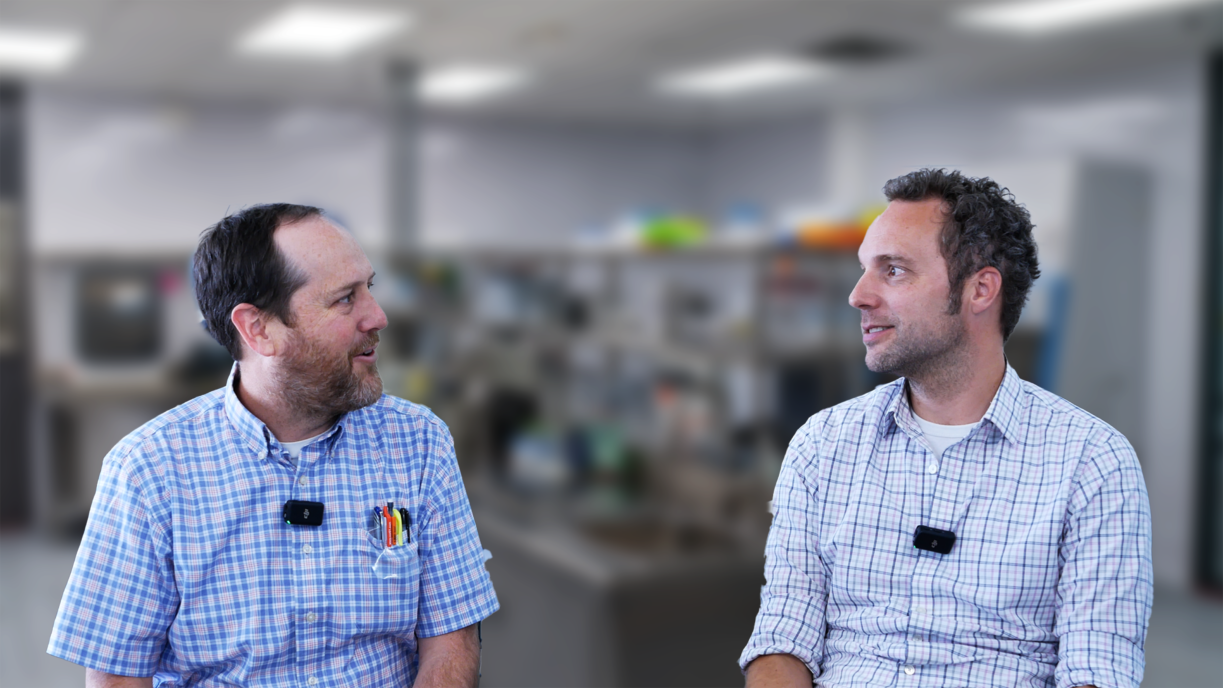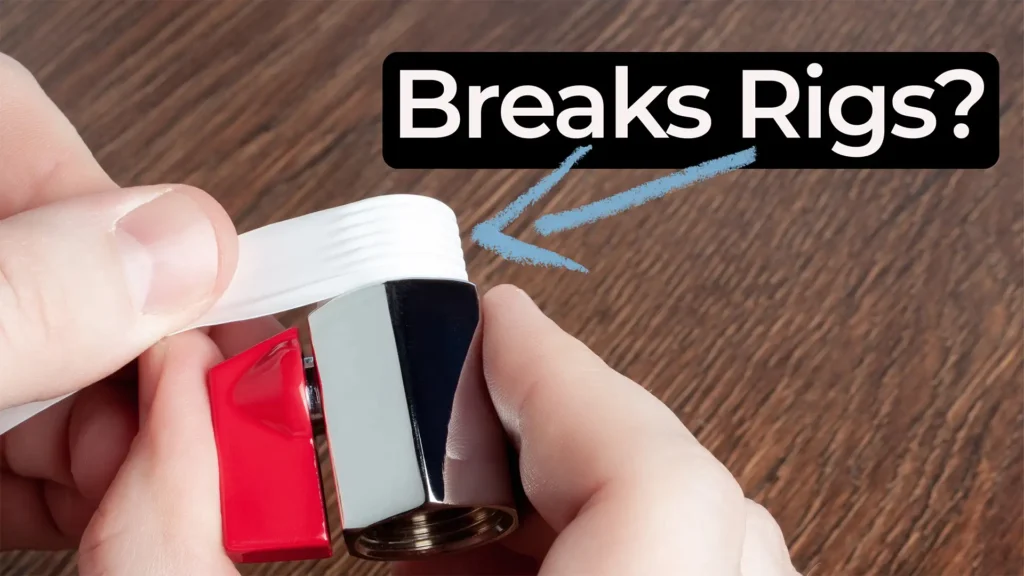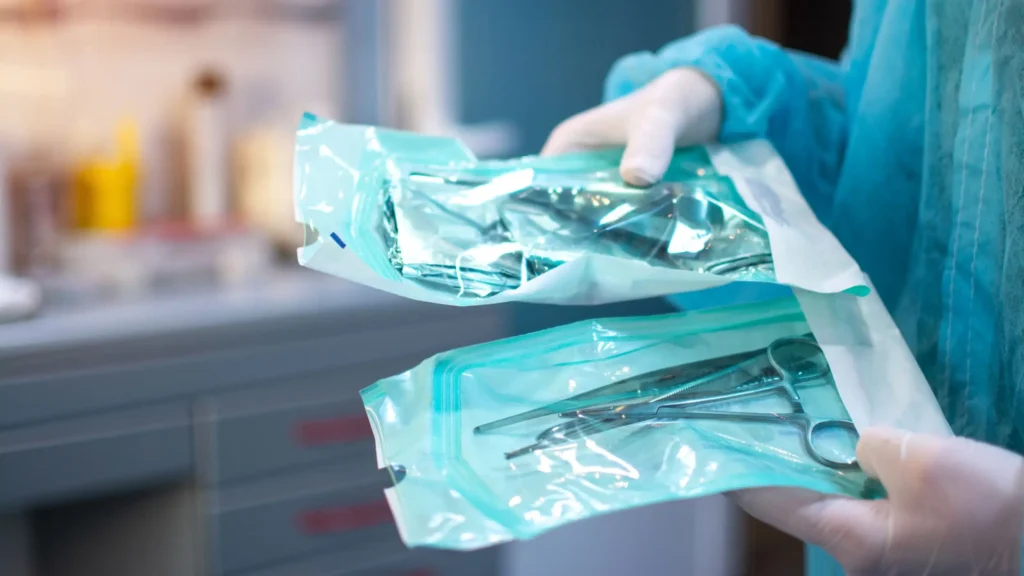
Bio Break: Why Don’t We Have a Cortisol-Sensing Wearable Yet?
In this Bio Break episode, Nick Allan and Joris van der Heijden tackle a question many tech and health enthusiasts have wondered for years: Where is my cortisol-sensing wearable? Nick shares a nostalgic story of reading about futuristic wearable technology in Popular Mechanics as a child — devices that would one day monitor biomarkers like cortisol to track stress and overall health. Now, decades later, he and Joris break down why such a wearable device still hasn’t become a reality.
Joris explains that although cortisol biosensors and other advanced wearable diagnostics often show up in academic research, turning those scientific breakthroughs into viable consumer products is a much bigger challenge. First, there’s the technical difficulty of converting a sensitive laboratory assay for cortisol into a fully automated, real-time wearable device that could be used reliably outside of controlled lab settings. Measuring something like cortisol, potentially via interstitial fluid or sweat, involves complex fluidic and sensing systems that must function accurately and consistently on a wearable platform.
Second — and often the biggest hurdle — is scaling up manufacturing. Developing a biosensor consumable that can be produced in the millions, perform reliably for every user, and endure various shipping and environmental conditions is an enormous undertaking. Joris points out that ensuring batch-to-batch consistency for sensitive biological components is one of the toughest parts of commercializing wearable biosensor technology. Add to that the need to meet stringent regulatory standards for medical wearables, and it’s easy to see why many promising lab innovations never make it to market.
In short, the journey from a cortisol-sensing concept to a commercial wearable health device requires not only cutting-edge science but also significant investment, manufacturing expertise, and regulatory strategy.
Why Don’t We Have a Cortisol-Sensing Wearable Yet?
For Startups or Founders developing a device that incorporates novel technology or is like nothing else, the FDA breakthrough medical device program may be the best regulatory option. Learn more.
Related Resources

Nick walks through a practical Teflon tape lesson that came from real work supporting a mechanical test rig.

Most sterile medical devices begin their journey long before anyone thinks about sterilization. Teams focus on function, usability, materials, and suppliers, then discover that sterilization constraints can reshape many of those early decisions.

After years of working with founders and technical teams, I have learned that early design missteps rarely come from engineering flaws. More often than not, they come from missing conversations.

Medtech founders operate with more constraints than most sectors. You are responsible for deep technical problem solving, high-stakes decisions, regulatory navigation, investor conversations, and a constant stream of operational tasks.
